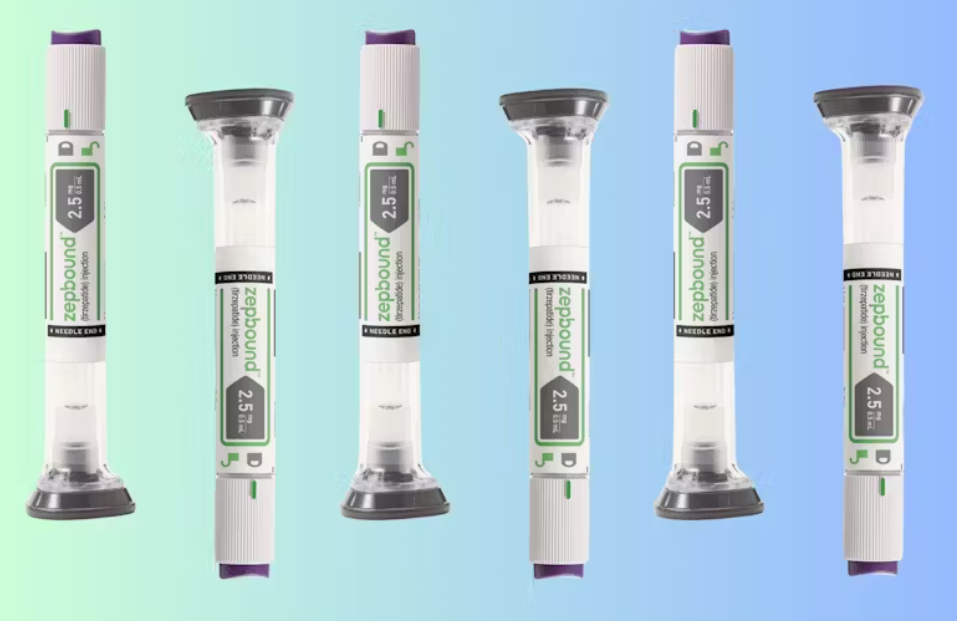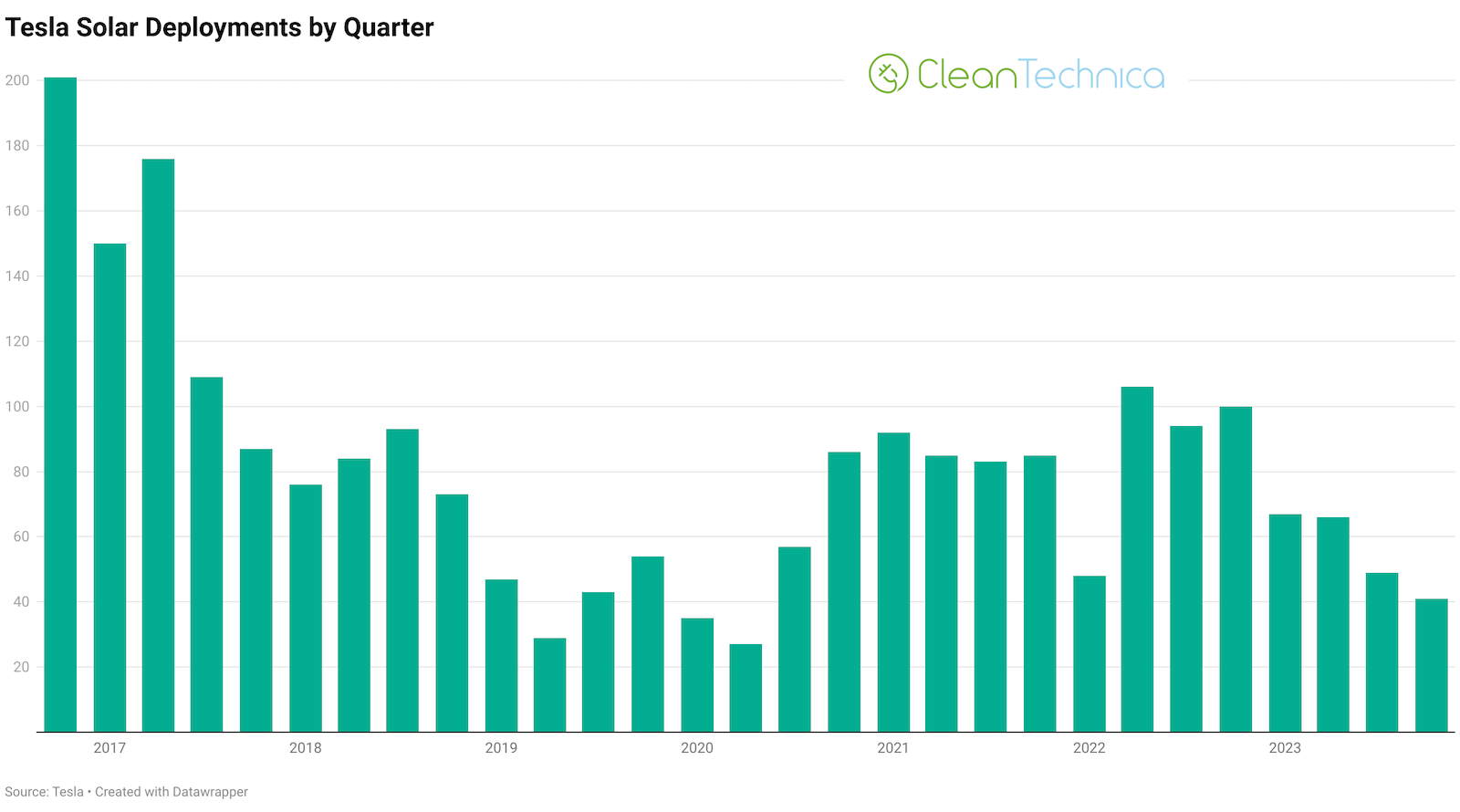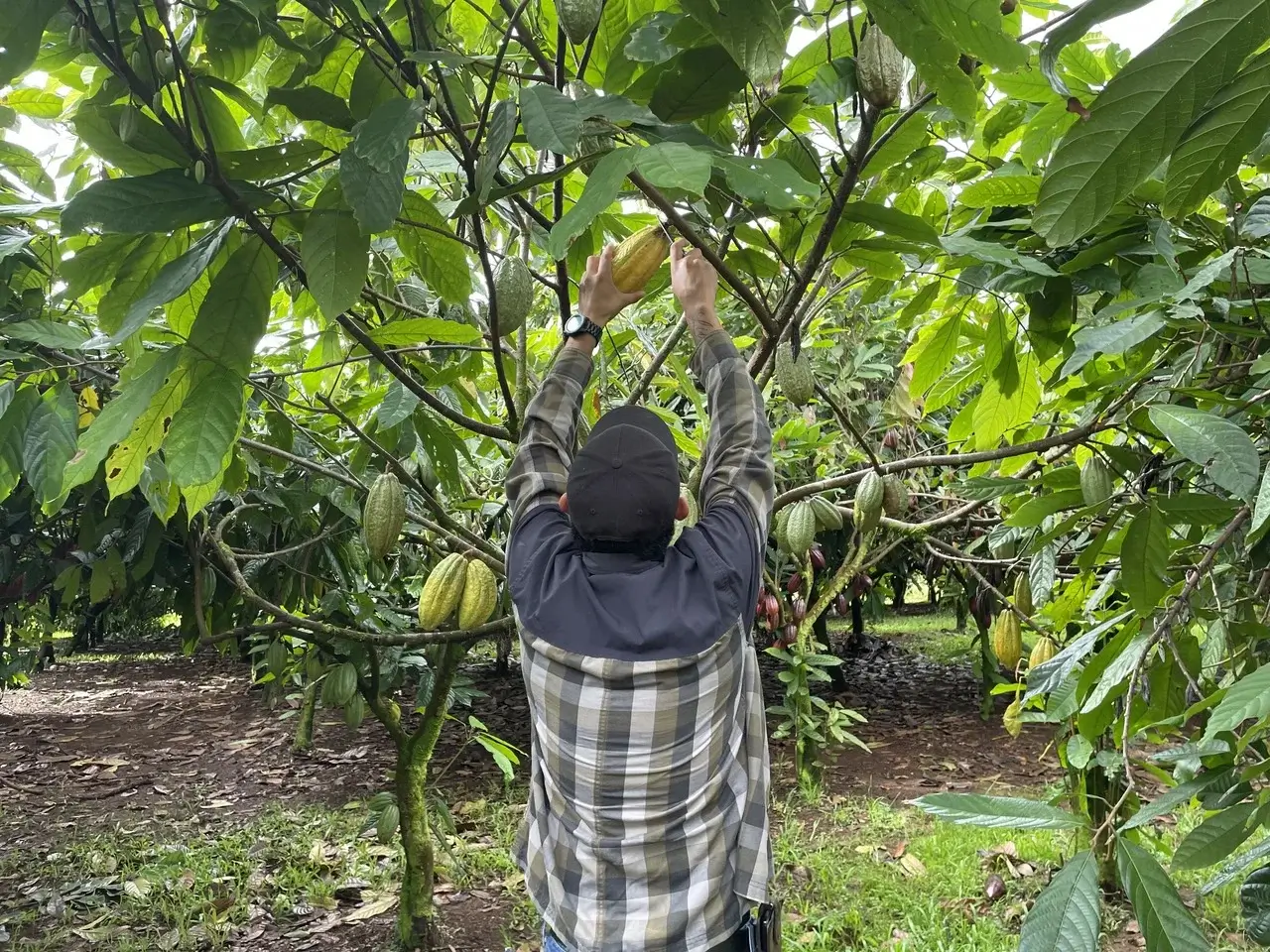Crop Diversity Benefits: Why Variety is Key to Sustainable Farming
Increasing the number of crops you grow does more than provide you with a diverse harvest to enjoy. Learn some of the key benefits of implementing increased crop diversity. The post Crop Diversity Benefits: Why Variety is Key to Sustainable Farming appeared first on Modern Farmer.

Farms come in all shapes and sizes, from a thousand-acre field planted in corn to a quarter-acre parcel supporting thirty different types of vegetables. One of the key differences between these two examples is the amount of crop diversity present.
Increasing the types of crops present in an area can provide numerous ecological and economic benefits. Since the exact type of diversity affects the impacts, it’s difficult to generalize which benefits result from crop diversity on your land. However, planting a greater variety of crops often leads to the following advantages.
Types of Crop Diversification

When people talk about crop diversity, they may be referring to one of a few different farming practices. While crop diversification always involves increasing the number of species present in a growing area, this can look a few different ways.
Crop rotation involves rotating crops or crop families from one growing period to the next. For example, farmers may plant corn in their fields one year and soybeans the next or grow a spring crop of arugula followed by a fall crop of carrots.
Intercropping means planting two or more different crops in the same growing space. One example is growing a row of tomatoes with lettuce on the edges of the beds.
Cover cropping involves planting crops with the intention of improving growing conditions rather than obtaining a harvest. Growers may plant winter rye in the fall to protect the soil over the winter or grow cowpeas in the summer to add nitrogen to the soil.
Increase Yields

One of the most common rotations on commodity farms is the corn and soybean rotation. Farmers plant corn one year and soybeans the following year. While this crop rotation provides some diversity, what if growers added other crops into these rotations?
Researchers in Ontario found that implementing a more diverse crop rotation allowed the corn and soybeans to better handle years with extreme weather events. In turn, this led to an increase in yields.
Another study examined the impacts of implementing crop rotations and diverse cover crop mixtures while foregoing any fertilizer or pesticide applications. Researchers found that corn grown in a corn/soybean/wheat rotation and with a mixture of three cover crops had yields 100% higher than corn grown in monoculture.
The wheat and soybean crops also showed higher yields with more diverse plantings, but the increased yields weren’t strongly correlated with the number of species. Therefore, it’s important to note that each species responds differently to increased crop diversity.
Prevent the Buildup of Disease and Pests

Many common plant diseases and pests are species or family-specific. Rotating crop families throughout fields means these pathogens experience a break in food sources and a decline in populations. However, it’s important to recognize that crop rotation works better for managing some diseases and pests than others.
Diseases that survive on plant tissue are prime candidates for disruption via crop rotation. For example, bacterial spot on tomatoes and peppers survives on plant tissue, so avoiding planting these crops in the same field two years in a row will decrease the disease. However, since Fusarium wilt and rhizoctonia live in the soil, crop rotations won’t cause a decline in their populations.
Provide Habitat for Natural Predators

Although some insects are pests that plague the crops we hope to harvest, many other insects are natural predators that help keep pests in check. Since these predators don’t just feed on a single crop (or the pests they attract), planting a diversity of crops can help keep the good bugs around.
While predatory insects like parasitic wasps, hoverflies, green lacewings, and others feed on pests, some of their life stages prefer pollen and/or nectar. Therefore, planting a diverse array of flowering plants will help keep these predators fed and happy.
Increasing crop diversity also provides varied habitats where the predators can shelter. When their habitat needs are met, they are more likely to remain near the crops that pests are targeting.
Improve Water Quality

When we grow a single crop in the same area over and over, we often have to rely on synthetic fertilizers and pesticides to grow healthy plants. Inevitably, some of these products wash out of the soil and into local waterways, leading to a decrease in water quality. Increasing crop diversity lowers our reliance on these products and improves water quality.
Adding cover crops into rotations helps keep soil in place when cash crops aren’t growing. This limits erosion and helps keep waterways free from sediment.
Increase Resilience

When we’re growing more than one crop at once, we decrease the odds that a pest or disease will wreck our entire harvest. Since most diseases and pests are family or genus-specific, it’s unlikely that they’ll wipe out an entire crop of tomatoes, okra, and sweet corn. However, if you only plant one of these crops, you’re more likely to experience a total crop failure.
Planting a diversity of crops can prove beneficial during extreme weather events. Some plants are better able to stand up to drought and heavy rains than others, so planting multiple crops increases the odds that some of the plants will make it through.
This Gardener Gets Tomato Harvests Year-Round With This Unique Growing Strategy
Can’t get enough of fresh tomatoes? Take what one gardener has learned and discover growing tips and strategies for enjoying fresh tomatoes year-round.
The post Crop Diversity Benefits: Why Variety is Key to Sustainable Farming appeared first on Modern Farmer.






























































































![What you need to know before you go to Sea Air Space 2025 [VIDEO]](https://breakingdefense.com/wp-content/uploads/sites/3/2024/05/Screen-Shot-2024-05-14-at-12.19.19-PM.png?#)
















































































.jpg)








